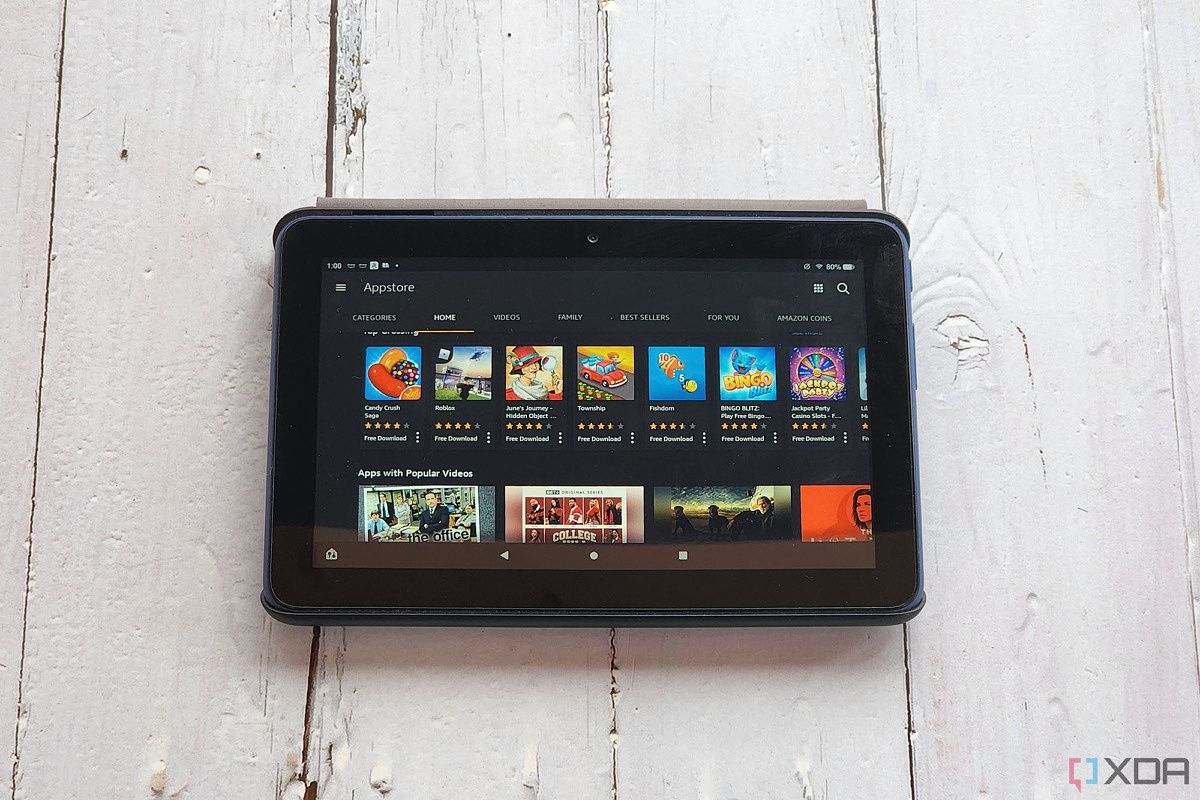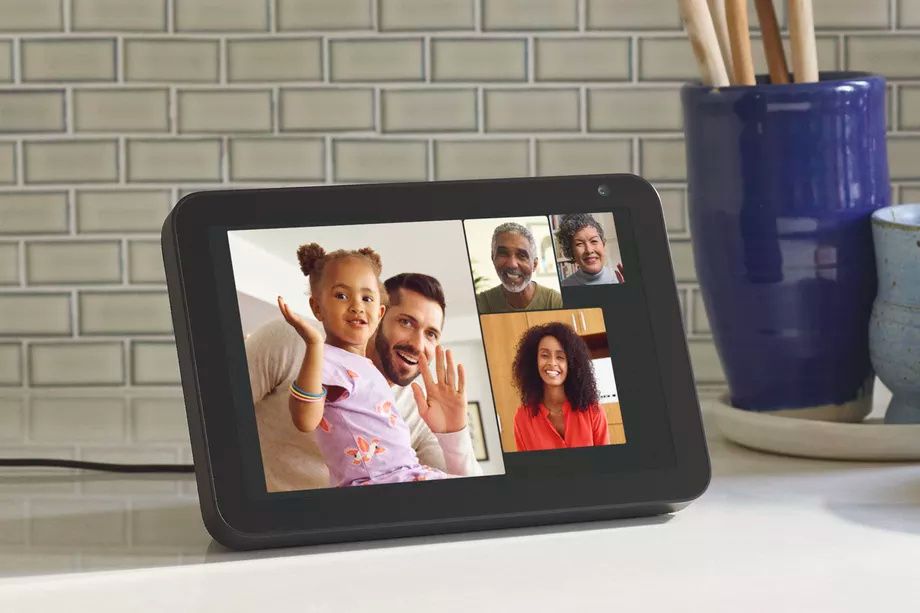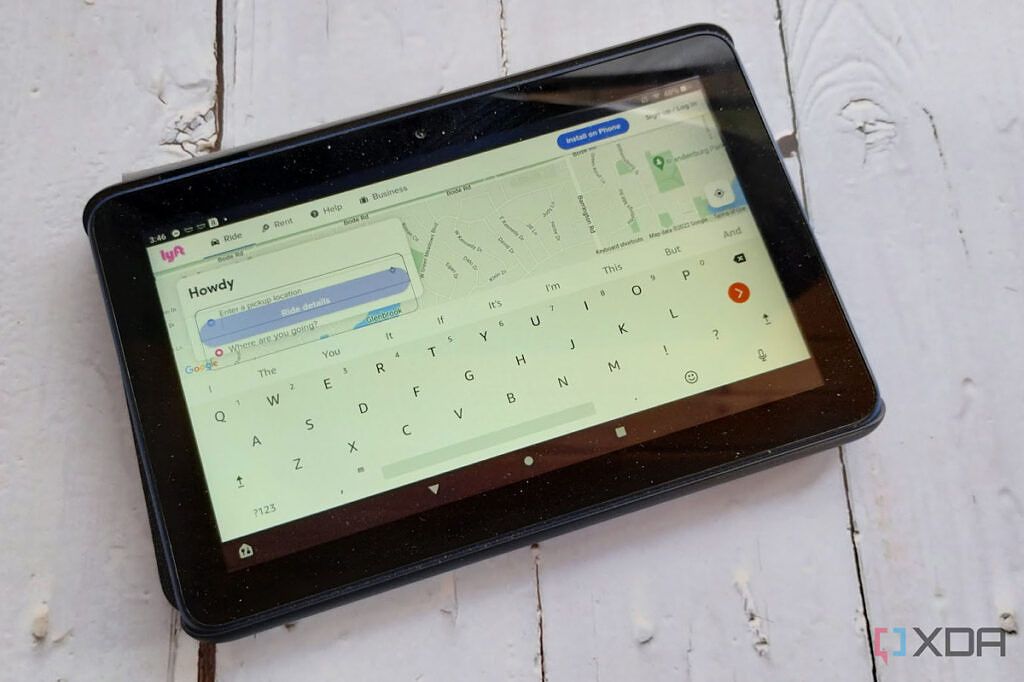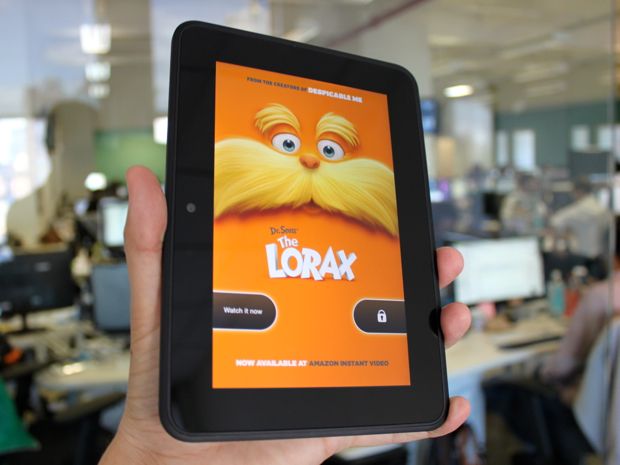I've been testing the Amazon Fire 7 tablet recently and one thing I've always suspected is that the Amazon Appstore is not...to put it politely...good. Yes, that is putting it politely. I had a bit of anecdotal evidence to support that, but nothing concrete. So I decided to look where the rubber meets the road when it comes to the app store. I audited the Amazon Appstore with an admittedly limited sample. That sample was the apps I already had installed on my Android phone. My sample is obviously limited, but I do have some of the best Android apps installed as well as some lesser-known apps.
I started off by eliminating any apps in my library that were carrier-specific. My line of work has me testing apps from all three carriers and the unfortunate side-effect of that is they all end up in my Play Store library. Then, I eliminated all Google apps, even though Amazon and Google really just need to lighten up about this whole thing. Finally, I eliminated all apps that were device-specific: Moto apps, TCL apps, Samsung apps, and the like. I also excluded Amazon apps because I didn't want to stack the deck too much in Amazon's favor.
That left me with a total of 98 apps installed on my phone. Putting aside the fact that I have way too many apps installed, that gave me a good baseline. Here's what I found out.
Sorting it all out
I sorted my apps into seven categories:
- Productivity
- Games
- Shopping
- Smart Home
- Streaming
- Communications/Social
- Miscellaneous
These categories should be pretty self-explanatory. Communications and social apps include Telegram, Twitter, Facebook Messenger, Instagram, and the like. In my world, the line between social media and communications is a blurry one. Miscellaneous includes apps like benchmarking apps, IMDb, Runkeeper, and stuff that didn't generally fit into a single category. Shopping apps included things like Little Caesars, Domino's, DoorDash, Target, Walmart, and generally apps where you can buy things. So, let's take a look at the results.
On this chart, blue indicates apps found on both the Amazon Appstore and the Google Play Store. Red indicates the app is not found on the Amazon Appstore. The categories that are obviously lacking include Productivity, Shopping, and Miscellaneous, two of which really make sense. Where Amazon really does well is streaming and communications/social media (definitely more on the social media side though).
As for what's specifically missing, here's a brief list of the notables:
- 1Password: That one hurts since it makes logging into everything else a nightmare.
- Slack: This is a fairly important app in the workforce these days.
- MLB At-Bat: This is currently how the MLB streams non-home market games, so it's an odd exclusion.
- Telegram, WhatsApp: Here are two of the biggest messaging apps on the planet.
- Smart home apps - You name it: Eufy, Philips, Sense, Govee, and more. You name it, it's not there. Of the 13 smart home apps I have on my phone to control my smart home, the only one in the Appstore was for Meater, a connected meat thermometer.
Holistically speaking, Fire tablets are never in the upper echelon of power, so productivity and gaming are not high priorities. The games you get are the typical "swap the colors to make three in a row" kinds of games. I'm not really into those, which is why I only have six games on my list. As for productivity, if not for its recent partnership with Microsoft who knows what that category would look like. Zoom is there pretty much because of pandemic lockdowns, full stop.
Amazon flirted with (and still sells) a productivity bundle for the Fire Tablet which includes a Fire HD 10, Bluetooth keyboard case, and Microsoft Office subscription. So Amazon's lack of focus here is surprising, except for the aforementioned Microsoft suite of apps. I guess You can be productive, as long as you're producing with Microsoft's software.
As for shopping, it doesn't make sense for Amazon to promote shopping apps, because Amazon wants you to shop at Amazon. If Amazon gets its way, you'll only ever spend money at Amazon.com and that's it. It's actually surprising that Amazon hasn't gotten into food delivery yet. But let's talk about the biggest surprise here.
Where's the smart home?
Fire tablets are terrible when it comes to apps that control your smart home. But Fire tablets have Alexa built-in and one of Alexa's big talents is controlling your smart home. You can look at this in one of two ways, either:
- Alexa already controls your smart home, so you don't need apps. Or,
- Fire tablets are simply bad at controlling your smart home.
The former is ok, the latter is really not. This was honestly the most surprising development in my app store analysis.
For someone who is looking for a device to control their smart home, Alexa's skills can probably do it, but you need a way to set those up in the first place. You can probably, use the browser to navigate to a smart home website and set up an account, which you can then link to Alexa, but it's probably a good idea to have a smartphone as a backup.
Amazon Appstore presence isn't enough
Of the 32 apps that the Amazon App store had, eleven of them, or just over one-third of them had not been updated in 2022. I'm not going to necessarily condemn the developers for this; some apps just don't require updates. But a lot of those apps felt like they were released and subsequently forgotten. For example, an app I use for money management was released and last updated in the Amazon app store in 2017 while the Google Play equivalent was updated last May.
Lyft is another example. The Lyft app was released in 2016 and last updated in 2017. The app itself is just a container for the Lyft website. The app works, but the website is not optimized for the Fire form factor, so overall the experience leaves something to be desired.
That's really the theme of the Amazon App Store. It's fine, but it's an afterthought. Some things that Fire tablets are meant to do well are reflected in the Amazon App Store. You just need to know what you're buying into and what you are very, very much not buying into. But there is one bright spot.
Know your strengths
If there is any hope in this story, it's where the Amazon Appstore really shines. Amazon knows what its tablets' strengths are - streaming and social media. In my house, an Amazon Fire tablet is what we call a "coffee table tablet" It's there when you need it to watch a movie or read a book. Maybe you can take in some news and shoot out a snarky tweet about it. That's what Fire tablets are good for because that's what most people do with all their tablets.
As much as Apple wants to push its "what's a computer" narrative, most tablets are still content consumption machines. The Amazon Appstore reflects that. Speaking of computers, let's talk about Windows.
Windows announced that it would be bringing Android apps to Windows 11, but it was not bringing them from Google. The Amazon Appstore would be the conduit for Android greatness. We've shown you how to install them, but as we've just learned, maybe that's not so great. But the hope here is that millions of new users for the Amazon Appstore will bring recognition to the store as something more than an also-ran. If Windows users really latch onto the idea of using Android apps in a Windows environment, that could entice more app developers to get on board. That is a big "if" of course, but it's a possibility.
So, as it stands right now, the Amazon Appstore is not awesome. There are some things it does well, which is good. Further recognition and device adoption are always great for an ecosystem. So it's ok to be cautiously optimistic about the Amazon Appstore's chances. Just make sure to reserve a healthy dose of skepticism along with that optimism.





